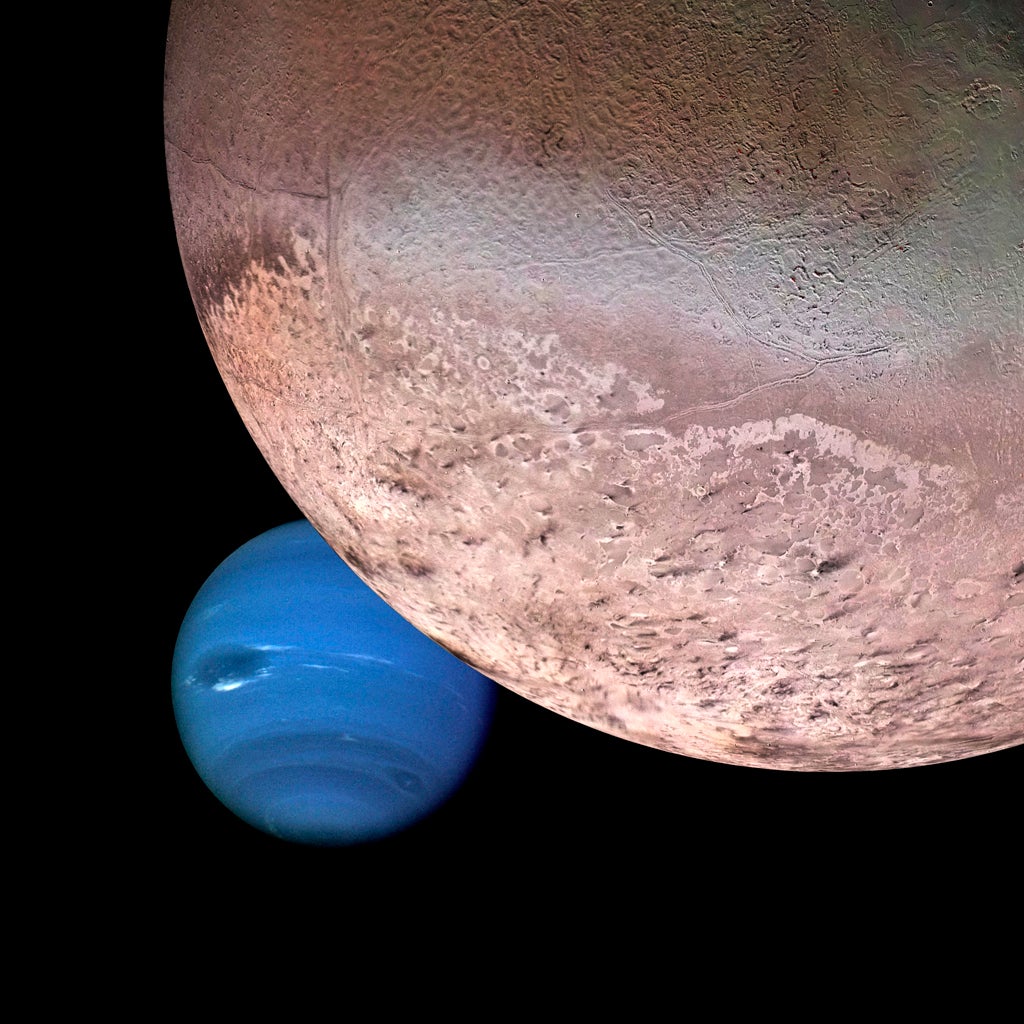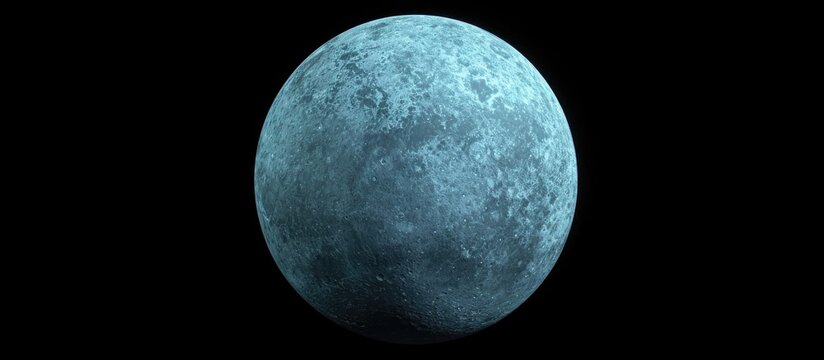The Sun: The Cosmic Heartbeat of Our Solar System
The Sun, the blazing heart of our solar system, fuels life on Earth and shapes the cosmos with its immense energy. Discover its power, mysteries, and vital role in sustaining our world.

A Fiery Giant: The Sun’s Massive Power
The Sun is a massive sphere of glowing plasma, so powerful that it provides light and energy to the entire solar system. With a diameter of about 1.4 million kilometers, it could fit more than 1.3 million Earths inside it. The Sun’s core reaches temperatures of approximately 15 million degrees Celsius, where nuclear fusion occurs, converting hydrogen into helium and releasing an immense amount of energy. This process generates the sunlight that makes life on Earth possible.
A Never-Ending Storm: The Sun’s Violent Surface
The Sun’s surface, or photosphere, is a chaotic place filled with storms and eruptions. Solar flares, which are sudden bursts of radiation, can send charged particles hurtling towards Earth, sometimes disrupting satellites and power grids. Sunspots—cooler, darker areas on the Sun’s surface—indicate regions of intense magnetic activity. These sunspots can grow larger than our planet, showcasing the Sun’s incredible power.
A Roaring Wind: The Sun’s Invisible Touch
The Sun constantly emits a stream of charged particles known as the solar wind. This invisible flow spreads throughout the solar system, interacting with planets and their atmospheres. When the solar wind collides with Earth’s magnetic field, it creates the mesmerizing auroras—also called the Northern and Southern Lights. This cosmic wind also shapes planetary magnetospheres and can even strip away atmospheres, as seen on Mars.
A Changing Cycle: The Sun’s Mysterious Patterns
The Sun follows an 11-year solar cycle, during which its activity rises and falls. At the peak of this cycle, the Sun becomes more active, producing more sunspots, solar flares, and coronal mass ejections—powerful blasts of plasma that can affect space weather. Understanding this cycle is crucial for protecting astronauts, satellites, and power grids from solar storms.
A Time Bomb: The Sun’s Ultimate Fate
Despite its immense power, the Sun is not eternal. It is a middle-aged star, about 4.6 billion years old, and has roughly 5 billion more years before it undergoes a dramatic transformation. Eventually, it will expand into a red giant, engulfing Mercury and Venus while scorching Earth. After shedding its outer layers, it will collapse into a white dwarf—a small, dense remnant of its former self.
A Cosmic Factory: The Sun’s Role in Element Creation
The Sun, like all stars, plays a crucial role in the universe’s chemistry. Through nuclear fusion, it converts hydrogen into helium. In more massive stars, this process creates heavier elements like carbon, oxygen, and even iron. When these stars explode as supernovae, they scatter these elements into space, seeding new planets and life forms. Though the Sun won’t explode, it is part of this grand cosmic cycle.
A Delicate Balance: The Sun’s Gravity vs. Its Energy
The Sun remains stable due to a constant battle between two opposing forces: gravity and pressure. Gravity pulls the Sun’s mass inward, while the immense energy from nuclear fusion pushes outward. This balance, known as hydrostatic equilibrium, prevents the Sun from collapsing or exploding. If this balance were disrupted, the Sun’s structure would change drastically, affecting the entire solar system.
A Color Illusion: Why the Sun Appears Yellow
Though the Sun looks yellow to our eyes, it is actually white. Earth’s atmosphere scatters shorter wavelengths of light, like blue and violet, making the Sun appear yellow from the ground. However, astronauts in space see it as pure white. This same scattering effect is responsible for the stunning red and orange hues of sunrises and sunsets.
A Speeding Star: The Sun’s Galactic Journey
The Sun is not stationary—it moves through space at an astonishing speed of 828,000 km/h, orbiting the center of the Milky Way. It takes about 225 million years to complete one orbit around the galaxy. The last time the Sun was in its current position, dinosaurs roamed the Earth. This cosmic journey shapes the solar system’s position within the galaxy over time.
A Silent Inferno: The Sun’s Soundless Roar
Despite its violent nature, the Sun is completely silent. Sound requires a medium like air or water to travel, but space is a vacuum, meaning there is nothing to carry sound waves. If we could hear the Sun, it would be deafening due to the constant nuclear reactions and solar storms occurring on its surface.
Conclusion: The Sun—A Celestial Powerhouse
The Sun is more than just a bright light in the sky—it is a dynamic, ever-changing powerhouse that shapes life on Earth and beyond. From its blazing core to its invisible winds, it influences planets, fuels weather, and even drives technological advancements as we prepare for space exploration. While it has an expiration date, its energy will continue to shape the cosmos for billions of years. Understanding the Sun not only deepens our appreciation for our place in the universe but also prepares us for the future. Without it, life as we know it would not exist.
What's Your Reaction?







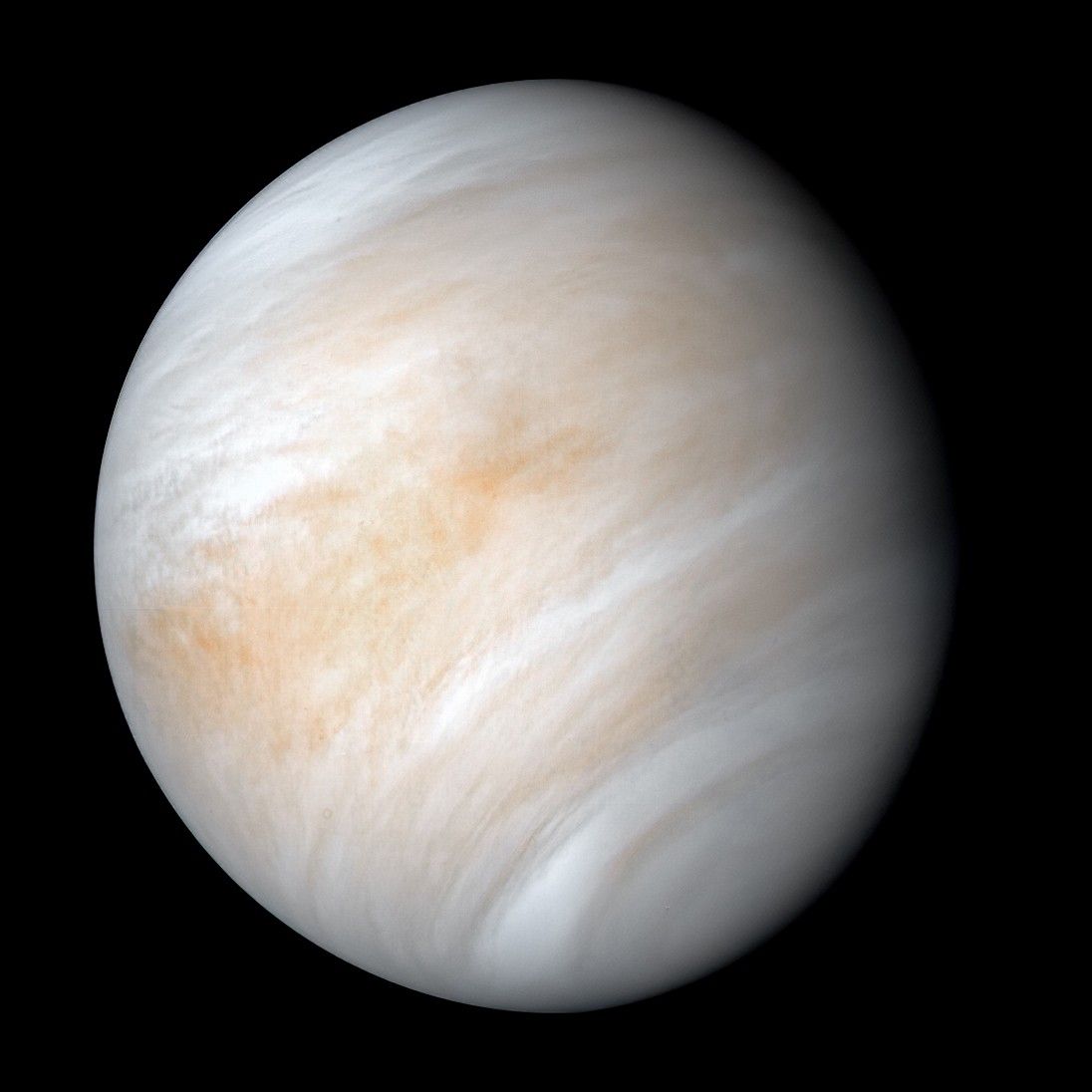

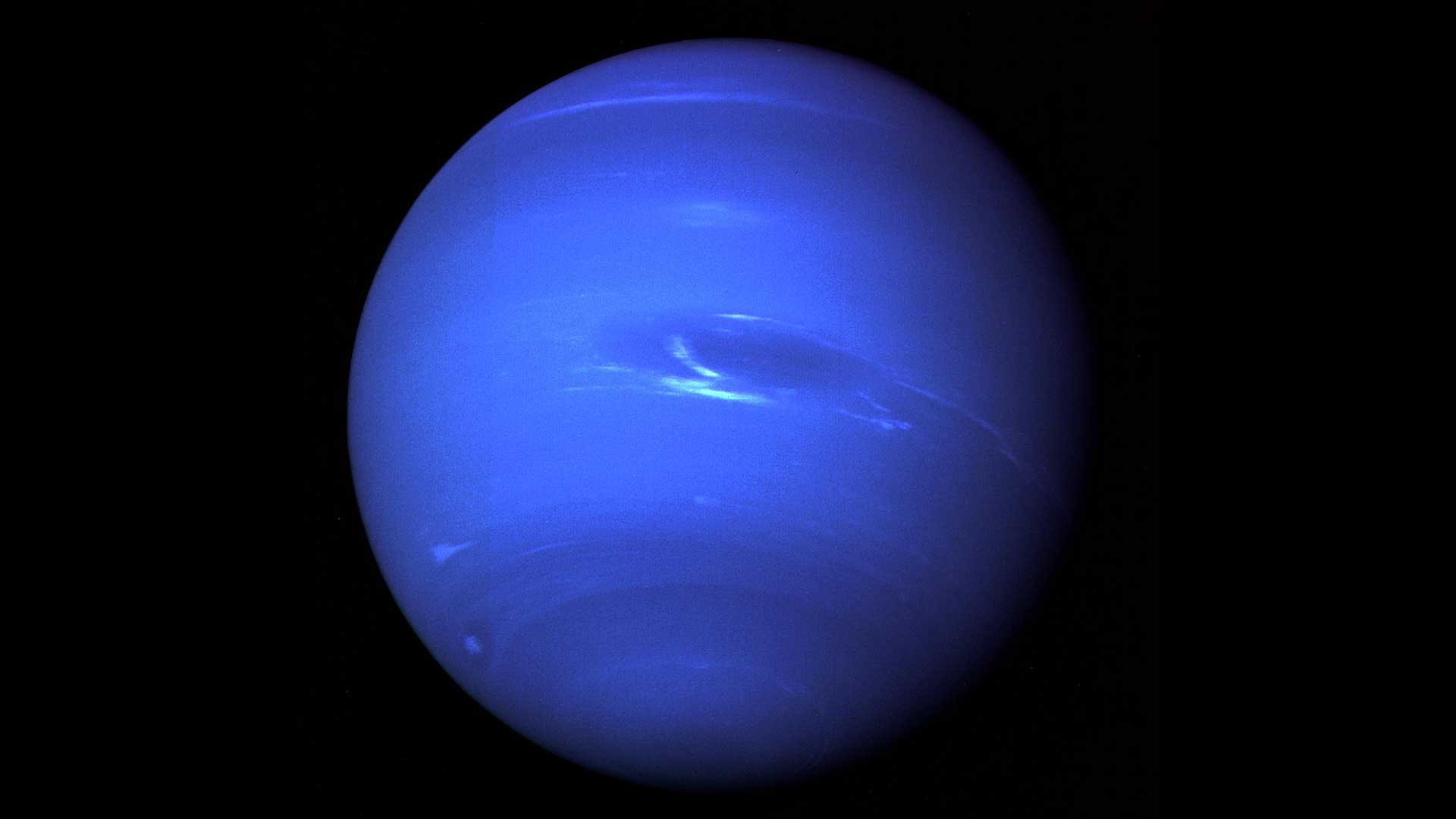


/https://tf-cmsv2-smithsonianmag-media.s3.amazonaws.com/filer_public/54/66/546650fa-26a4-40fd-8d6d-5a7a04540f81/rosetta2.png)
:max_bytes(150000):strip_icc():focal(999x0:1001x2)/robert-prevost-050825-1-39395418ab494da5a3a700c9478e66c8.jpg)


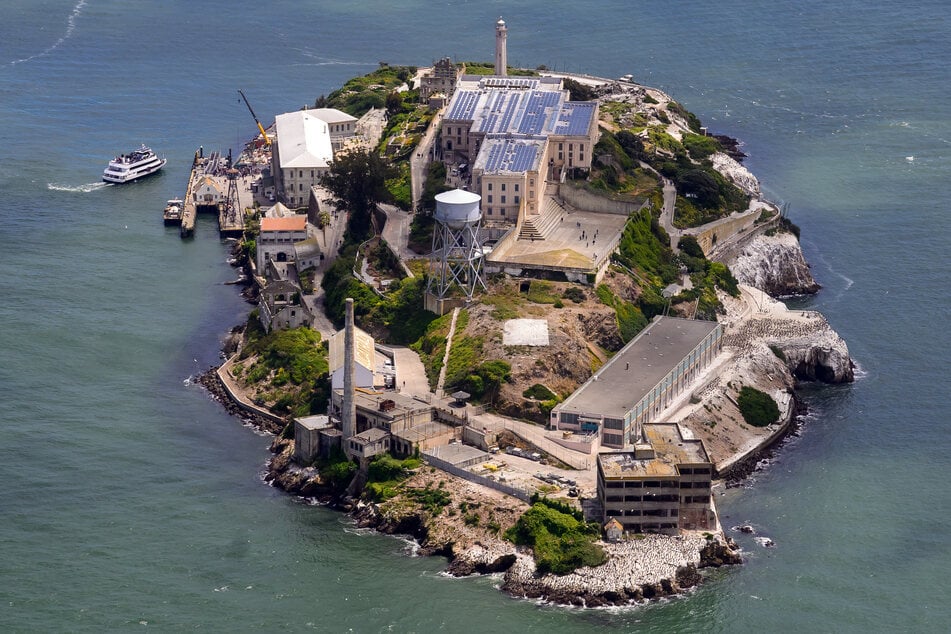












































format(webp))
format(webp))





















